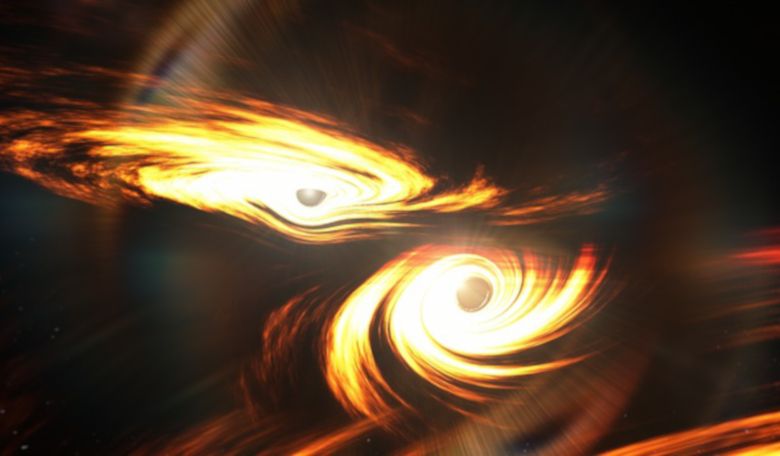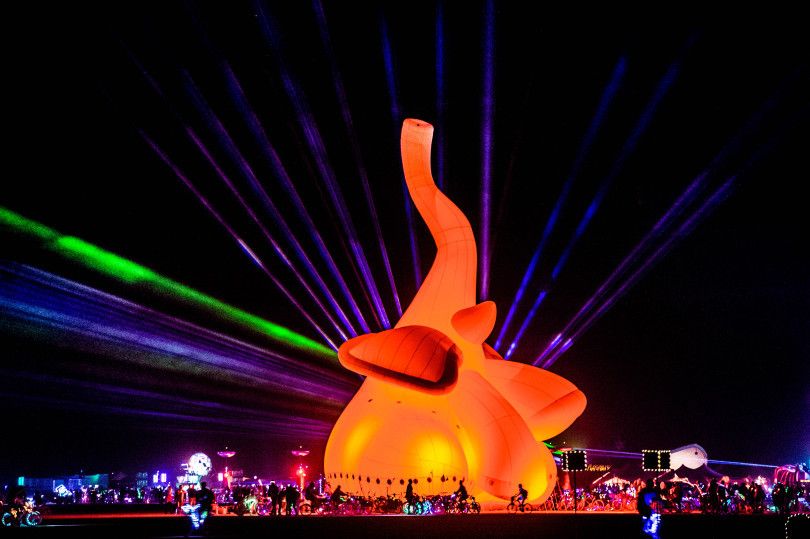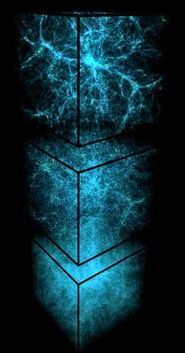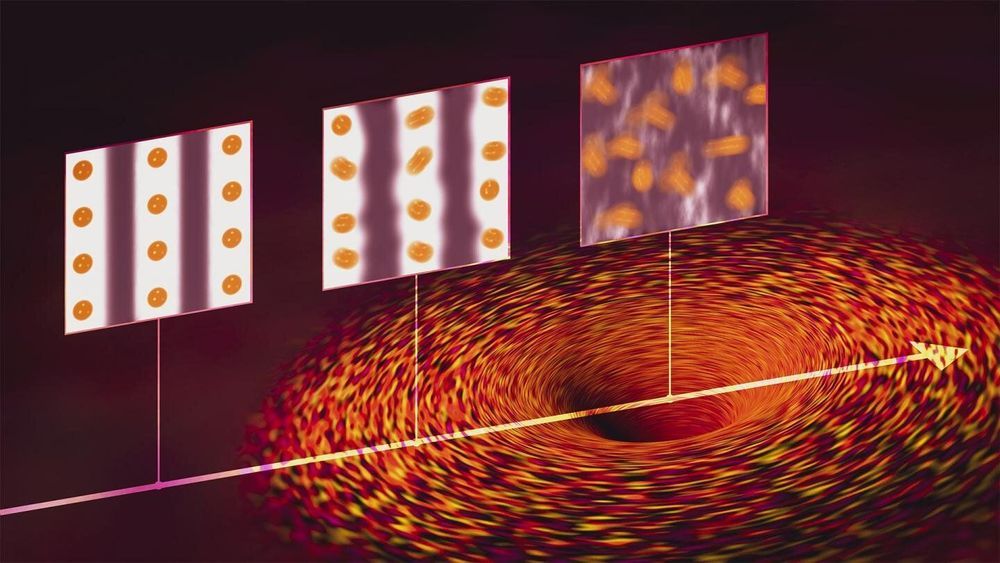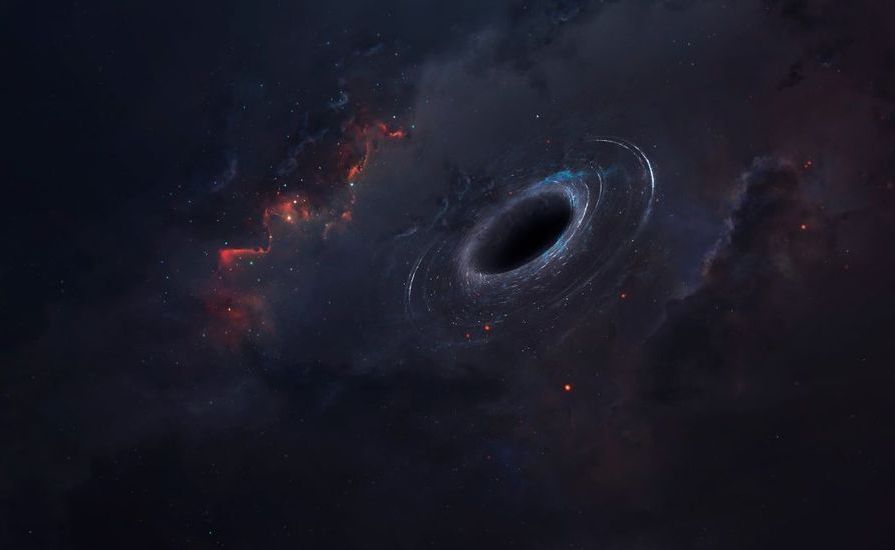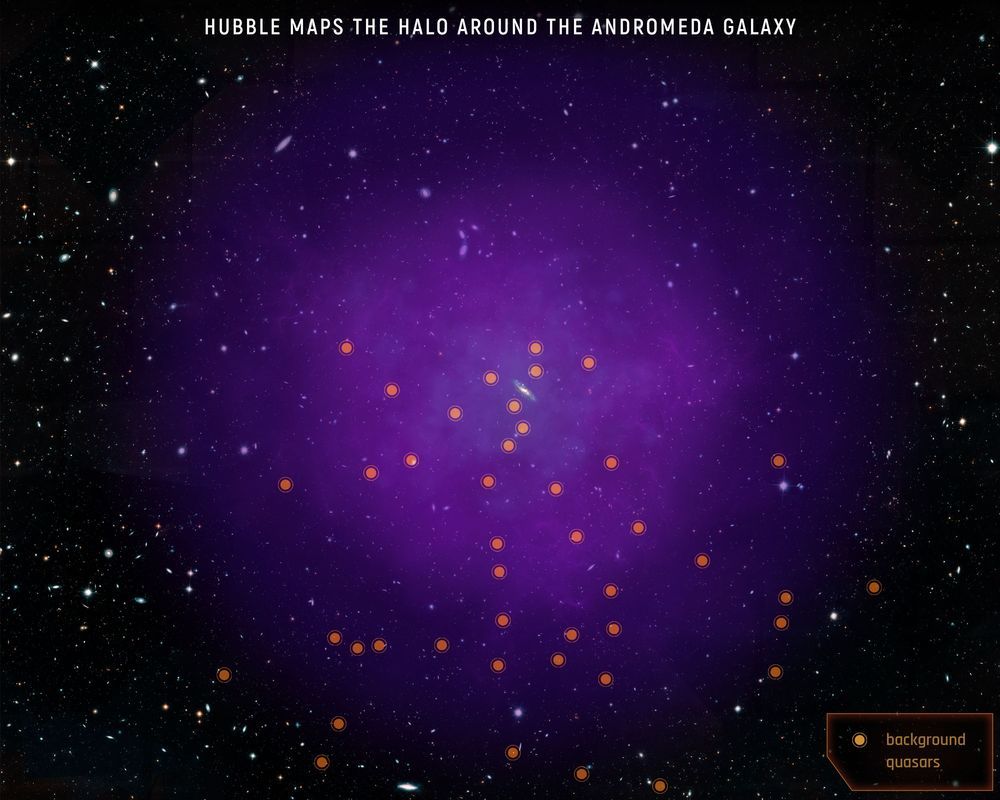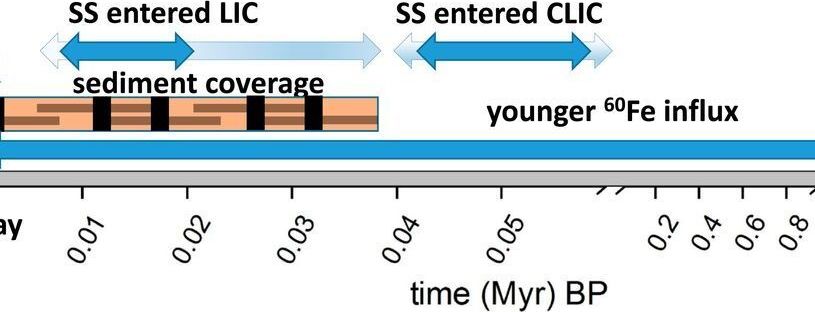“Gravitational waves from what could be the most massive black hole merger yet has been detected by researchers at the Laser Interferometer Gravitational-wave Observatory (LIGO) and its discovery is also raising questions about how massive black holes are formed.
When scientists made the first direct detection of gravitational waves from a binary black hole merger in February 2016, not only did they prove Einstein right, they also discovered another curious quirk; the audibl… See More.
The detection of the heaviest black hole merger to date is also the first clear detection of an ” intermediate-mass” black hole.
